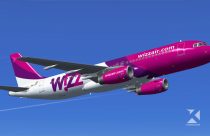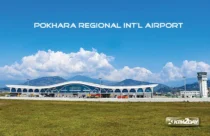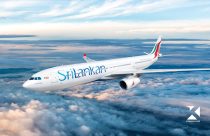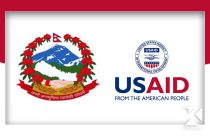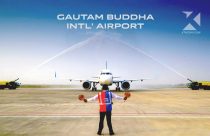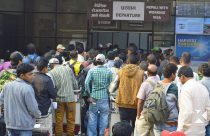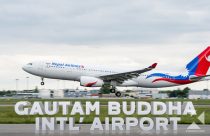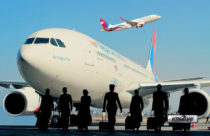Nepal, Japan to sign aid pact to install new radars
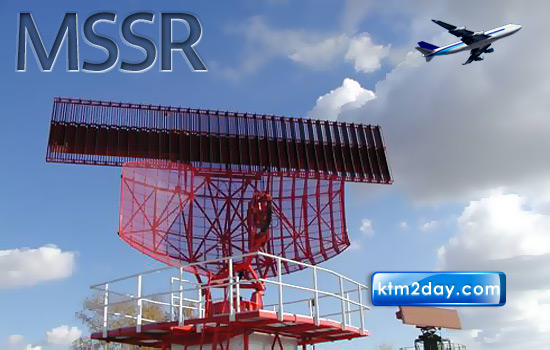

Nepal and Japan are likely to sign an aid agreement to install two new second generation radars at Tribhuvan International Airport (TIA) and Bhattedata, Lalitpur.
Under the TIA modernisation project, Japan has pledged aid for the installation Monopulse Secondary Surveillance Radar (MSSR) which will make the Nepali skies safer.
According to a senior official at the Finance Ministry, the Nepal government dispatched a draft of ‘note of exchange’ three days ago after completing legal procedures to the Japan government. “The agreement on the grant will be signed soon after the Japan government approves the draft,” said the official.
Japan International Cooperation Agency (JICA) has estimated the cost of installing two radars at around Rs 1.55 billion. Japan will extend radar equipment worth Rs 1 billion, including technicians, and the Nepal government will invest around Rs 550 million for physical infrastructure like roads, electricity and water, among others. The Civil Aviation Authority of Nepal (CAAN) will be the executing agency of the project.
MSSR ensures high performance to improve reliability and safety of air transport. Installation of MSSR at TIA and Bhattedanda will extend the en-route surveillance up to 200 nautical miles.
CAAN officials said the coverage of the new MSSR would extend up to Dang in the west and the entire country in the east, north and south.
At present, the radar at TIA has been functioning for the approach service and is limited to coverage of 60 nautical miles. The existing 14-year-old radar system, which functions both as primary and secondary radar system, does not provide the exact location of an aircraft to air traffic controllers (ATC) if the aircraft position is beyond the Kathmandu approach control or outside the 60 nautical mile area.
The existing radar was supplied by Japan’s Toshiba Company in 1998, and it was installed under the grant assistance from the Japanese government. It was set up at a cost of $34 million and was last serviced at a cost of Rs 42.5 million on April 8, 2010, after a gap of 12 years even though maintenance is required every seven years.
CAAN officials are also optimistic that the project will kick start soon. “If things go as planned, the project will be accomplished by 2015,” the officials said.
A five-member technical team led by Hiroyuki Ueda, senior advisor on transport at the Japan International Cooperation Agency (JICA), had conducted a study of the project in July last year.
The ATC has to rely on voice-based position reporting of aircraft outside the Kathmandu approach control. The primary radar scans the exact location and angle of an aircraft by detecting reflected radio signals while the secondary radar provides much more detailed information. Officials said although the radar at TIA is functioning well, periodic problems have been occurring due to its age.
Installation of secondary radar was proposed in 1994 when the existing radar was installed, but due to multiple reasons the plan was put on the ice. Passenger movement at TIA is projected to reach 5.85 million by 2015, a jump of 36.62 percent from the figure for 2011, according to CAAN forecast.



